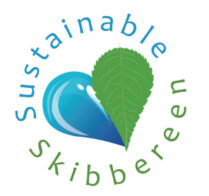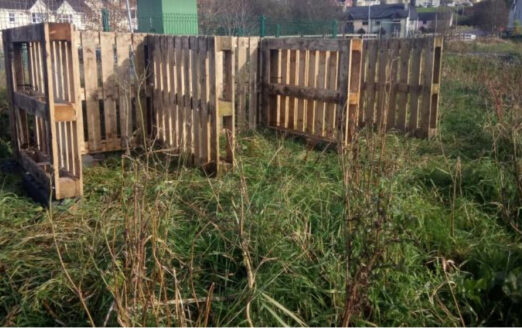Early Irish law, also called Brehon law, comprised the statutes which governed everyday life in Early Medieval Ireland.
The laws were a civil rather than a criminal code, concerned with the payment of compensation for harm done and the regulation of property, inheritance and contracts; the concept of state-administered punishment for crime was foreign to Ireland’s early jurists. They show Ireland in the early medieval period to have been a hierarchical society, taking great care to define social status, and the rights and duties that went with it, according to property, and the relationships between lords and their clients and serfs. (from Wikipedia)
A two part text, On the Binding of Contracts, deals with when contracts are binding and when they are not. The first section deals with general rules regarding when contracts are binding, including an analogy to the fact that Adam’s trade of an apple for access to the Garden of Eden was valid even though it was an uneven contract because Adam knew it was such.
Apples
Fergus Kelly lists 28 trees and shrubs indigenous to Ireland that were listed in the eighth century legal text, Bretha Comaithchesa. The list of trees and shrubs are quartered into four categories of seven: Airig Fedo {“Nobles of the Wood”}, Aithig Fedo {“Commoners of the Wood”}, Fodla Fedo {“Lower Divisions of the Wood”}, and Losa Fedo{“Bushes of the Wood”}. The Nobles of the Wood included the Apple.

Apples have been grown in Ireland for at least 3000 years. St. Patrick is said to have planted a number of apple trees in Ireland, including one at Ceangoba, a settlement close to where Armagh is now situated. Early monastic records tell us that the monks were given apples with their meals, especially at festival times. The Brehon laws (originating between 2000 and 1000BC) stipulated that anyone cutting down an apple tree would be subject to a severe penalty; namely a fine of five cows, and even removing a limb or branch would warrant a fine of some sort.
Nowadays the oldest apple variety widely planted in Ireland is the Bramley’s Seedling, or Bramley for short. This is the apple that we all use (or should use) for cooking. The original tree was planted 199 years ago, and is still alive and well. This apple was first cultivated widely in Ireland in the late 1880’s, and has become more and more popular in the intervening years. Some trees dating from around that time still stand in commercial orchards in Ireland today, and if you are eating a Bramley pie anytime soon, it is quite possible that the apple has come from a tree in excess if 100 years old.



